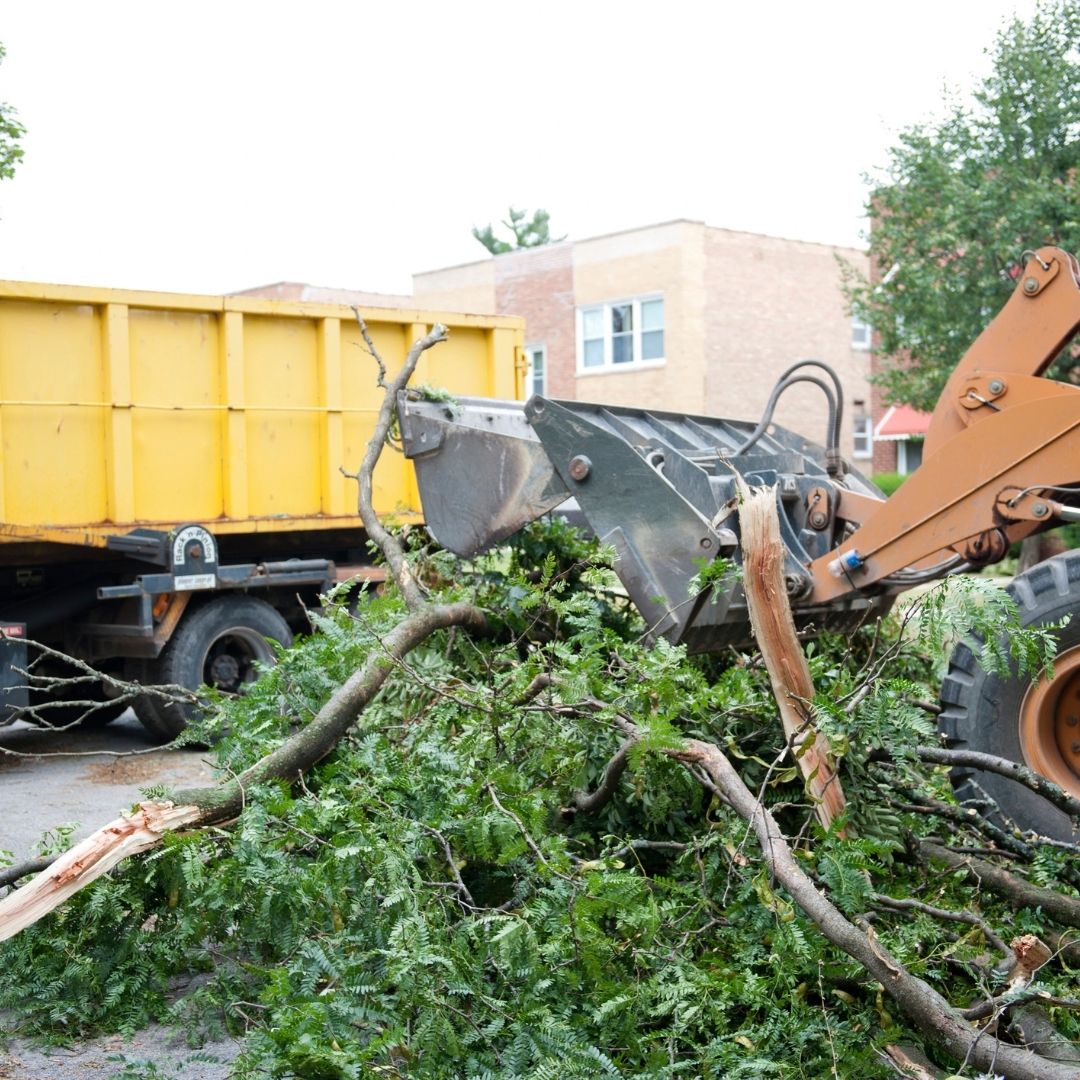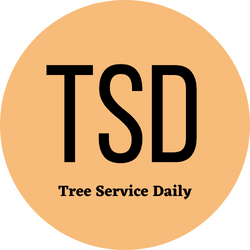Pruning Trees and Shrubs
by siteadmin

Pruning involves shaping and improving a tree's form by cutting away dead or diseased branches and controlling unwanted limb growth.
Pruning can help your fruit tree or flowering shrub flourish while also improving the aesthetics of a landscape.
Why Trees Need Pruning
Pruning can keep your tree healthy, as well as increasing property values and curb appeal. Pruning can also improve traffic flow around trees, reduce storm-induced risk, and prevent splintered and broken branches from falling off in stormy weather.
Reduced tree limb weight can decrease its potential to break off and fall onto homes and structures during strong storms, potentially causing major damage. Pruning can significantly decrease this risk.
Pruning can also increase the size and quantity of fruit and flowers produced by trees, providing benefits to both gardens and ecosystems alike. Pruning also encourages new growth which helps combat disease while improving your tree's overall health and maintaining its vitality.
The Best Time of Year to Prune
Pruning trees should take place from early fall to early spring, before new growth appears. This allows wounded tissue to heal more quickly while decreasing disease spread through pruning cuts.
Summer pruning can help regulate overly vigorous growth in trees such as Populus species or restricted forms such as espalier apples. Experienced gardeners can use this time of year to trim weak or overcrowded branches as well as dead or diseased ones to improve overall shape and health of a tree.
Deciduous trees and shrubs should be pruned throughout the year, with spring or fall being particularly good times for this task. Pruning during these growing periods may stimulate new growth which prevents dormancy from setting in naturally. This could result in decay and disease affecting the tree prematurely leading to its death.
Frequency of Pruning
Tree pruning involves the process of cutting away dead or diseased branches, shaping, thinning out, and shaping a tree for healthy growth. Pruning helps improve its health, appearance and size while simultaneously improving light diffusion, airflow, and fruit production – providing additional health benefits as well.
Pruning trees may be necessary for many reasons, including storm damage, dead or dying branches and those which interfere with other branches or pose hazards to people and property. Furthermore, pruning may help add the aesthetics of your landscape by shaping trees to enhance them further.
Pruning should generally take place during winter, when trees are dormant and before new growth has started. Doing it at this time reduces disease and pest infestation in open wounds left from cuts made during spring pruning cuts.
What Tree Never Needs Pruning
Pruning can be an tedious chore on any landscape, but certain trees and shrubs such as flowering quince, forsythia, and wisteria do not require pruning to remain beautiful.
Pruning should always start from an understanding of what tree or shrub it's pruning – as injuring yourself or others should never be your priority! Therefore, make sure you use appropriate safety gear such as harnesses when climbing ladders. Also ensure you understand why and how the pruning needs to take place before proceeding with it.
Avoid cutting healthy limbs even when necessary for other purposes, particularly large limbs that pose risks to surrounding areas. If you live in an area prone to storms and heavy winds, for example, consider trimming any thick tree branches that pose potential threats while simultaneously increasing property values by eliminating potential hazards to passersby.
All Pro Huntsville Tree Service
Contact All Pro Huntsville Tree Service
https://huntsvillealtreeservice.com/
Pruning involves shaping and improving a tree's form by cutting away dead or diseased branches and controlling unwanted limb growth. Pruning can help your fruit tree or flowering shrub flourish while also improving the aesthetics of a landscape. Why Trees Need Pruning Pruning can keep your tree healthy, as well as increasing property values and…
Recent Posts
- Affordable Fencing Solutions: Fence Company Rochester NY Offers Insight on the Cheapest Fence Installations in Rochester, NY
- Affordable Fencing Solutions: Fence Company Rochester NY Offers Insight on the Cheapest Fence Installations in Rochester, NY
- Expert Roofers Columbus Shares Insights on the Roofing Installation Process in Columbus, GA
- Enhancing Tree Health: Stokes Tree Solutions Provides Expert Assessment and Care in Fairfax, VA
- Signs Your Tree Is Dead and What to Do About It, Including Tree Removal, Trimming, and Branch Clean Up with Stokes Tree Solutions, LLC in Fairfax
